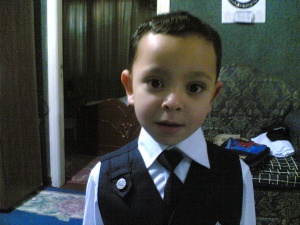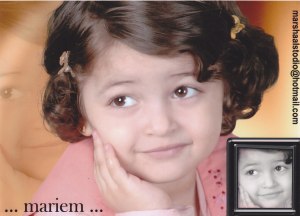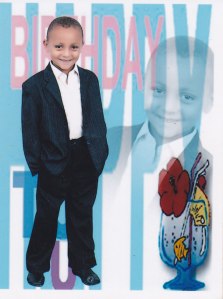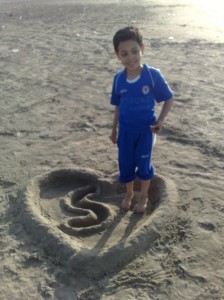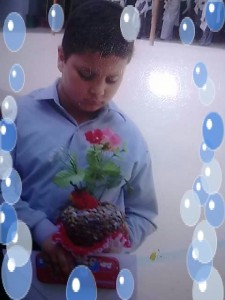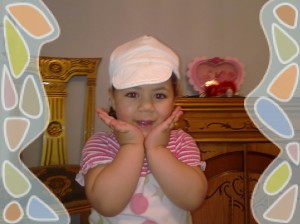How to Teach Action Words to Kindergarten Children
Before you can teach action words, you have to teach what “action” means. This shouldn’t be too difficult for most kindergarten age children, but some may have a hard time with this concept. If they have a hard time, they may learn it better by doing some of the words since an action word is something you or another person or object does.
-
Introduce the word “action” to them. You can tell them it means “doing.” You could even set up an action area in your classroom. When the selected students go to that area, they are expected to be doing something. Good things for them to be doing might be coloring, playing, whispering to each other or siting down quiety. You decide which action they should take, and tell them ahead of time.
-
Step 2
Introduce the action words in groups. At first, have all action words in the group of words. Read them to your students. After they have heard a few sets of action words, tell them you are going to try to trick them. When you begin again, slip a couple of non-action words (nouns or descriptive words) into the list. See if they can pick out the words that are not action words.
-
Step 3
Have them draw a picture of someone doing an action word. It could be anything they want, as long as it includes action. Then have them present to the class their drawings, one at a time. They can tell what the action is, or have the others guess what it is.
-
Step 4
Make a bulletin board of action words. The students can actually cut out pictures from magazines of actions that they will put into words to place beside each picture on the bulletin board.

Filed under: Kindergarten | Tagged: Kindergarten, Teach Action Words | Leave a comment »











